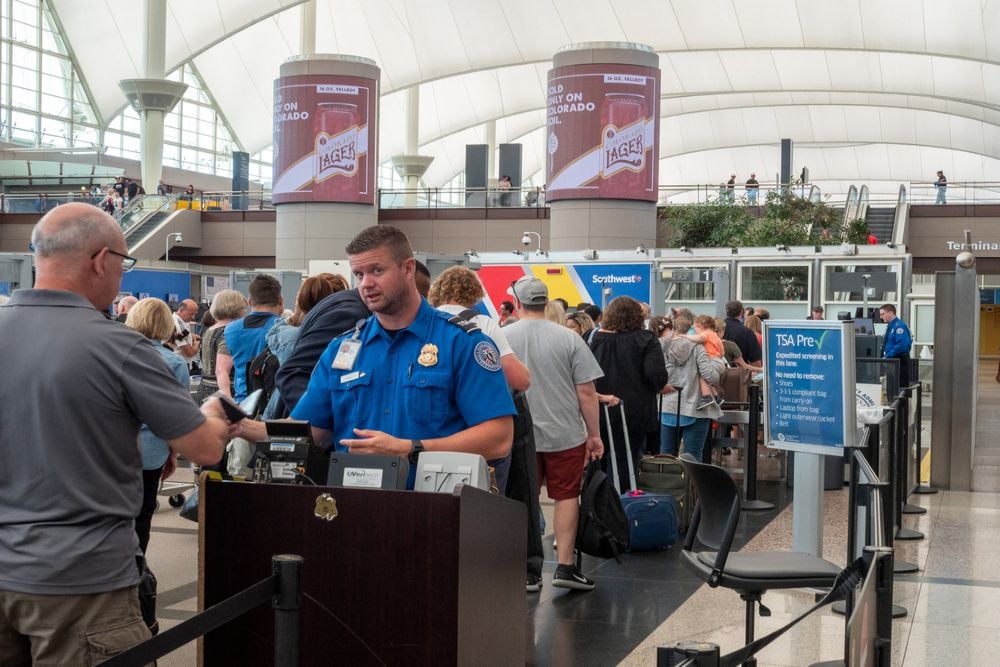The Secret Code That Can Help You Skip Extra Airport Security Screenings
Having to cope with endless lines, tight schedules and the ever-present fear of delays already makes airports stressful. Yet, a group of people who travel often have even more trouble: having to go through extra security, not being permitted to board flights or worse going through unexplained questioning.
But what if there is a solution to this?
Well, the fact is there is a cheat code to avoid such headaches – it’s called a redress number. A redress number isn’t well known, but it can greatly improve your airport journey.

What Is a Redress Number?
A redress number is a unique reference issued through the U.S. Department of Homeland Security’s Traveler Redress Inquiry Program (TRIP). It’s specifically designed for travelers who repeatedly face problems during airport security checks — usually because their name or details match those of someone on a government watchlist, or due to other system errors.
Once issued, this number can be added to your flight bookings and helps flag your case as already reviewed by the government. It’s like telling the system, “I’ve been cleared — no need to stop me again.”
Why You Might Need One (Even If You’ve Done Nothing Wrong)
Most passengers never hear about redress numbers because they never need one. But if you consistently encounter issues like:
- Getting stopped at TSA checkpoints or pulled into secondary screening
- Not being able to check in online or print boarding passes
- Being denied boarding for unexplained reasons
- Being told your fingerprints are problematic by border officials
- Hearing that your personal data may have been mishandled by authorities
… then a redress number could resolve those issues.
These problems often occur when your name or information closely matches that of someone under government scrutiny, even if you’ve done absolutely nothing wrong.
Redress Number vs. Travel Perks Programs
It’s easy to confuse this with travel fast-track programs, but they’re very different:
| Feature | Redress Number | Known Traveler Number (KTN) |
| Purpose | Clears up security misidentification issues | Grants access to expedited security screening |
| Program | DHS TRIP | TSA PreCheck, Global Entry |
| Who Needs It? | People with recurring security issues | Low-risk travelers who want convenience |
You can enter both numbers when booking a flight — but only one is about correcting mistaken identity and resolving security conflicts.
How to Get a Redress Number: The Process
Getting a redress number is free, and the process is fully online:
- Visit the DHS Traveler Redress Inquiry Program website.
- Take a short eligibility quiz to determine whether you should apply.
- Fill out the application, including any relevant travel documentation, passport info, and a detailed description of your experiences.
- Submit supporting materials, like boarding passes or official letters, if available.
- Wait for your case to be reviewed. If approved, you’ll receive your redress number, which you can begin using for all future bookings.
Once your case is resolved, the number helps ensure that the same problems don’t keep popping up.
Will It Really Help? Yes — In the Right Cases
The redress number isn’t a cure-all — it won’t speed up general airport lines or give you TSA PreCheck access. But it can stop you from being unfairly flagged or delayed. Many travelers who’ve dealt with repeated issues report significantly fewer disruptions after using their redress number.
If you travel often and feel like you’re being singled out for no clear reason, this tool can be a game-changer.
To Wrap It Up
It’s worth noting that in today’s world, airport security is tighter than ever — but that doesn’t mean you should suffer because of a data mix-up. A redress number won’t change the rules, but it can change how the system treats you.
Before your next trip, take a few minutes to find out if you’re eligible. You just might save yourself from future airport headaches.






